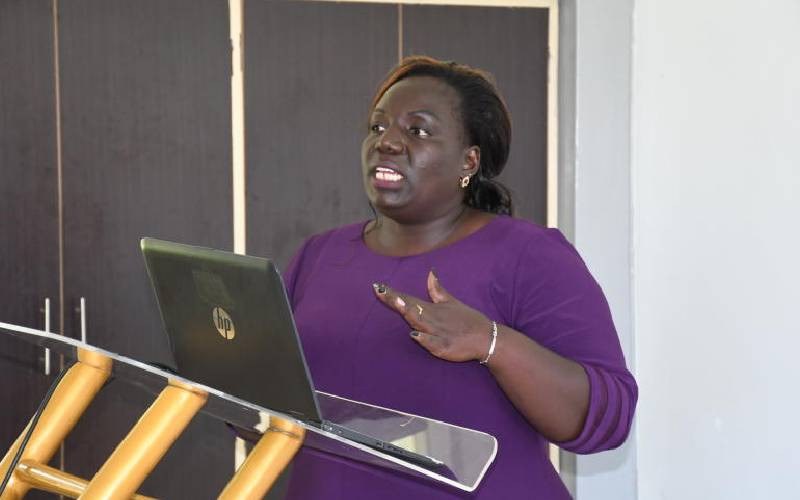×
The Standard e-Paper
Kenya's Bold Newspaper

Fisher folk activities, truck drivers, early sexual debut and cultural practices are still the leading risk factors for HIV/Aids infections in the Nyanza region.
According to statistics, Kisumu County stands at number two nationally with 14.5 per cent in HIV prevalence, with Homabay leading at 15.2 percent, Siaya at 13.2 per cent, and Migori at 9.7 per cent.